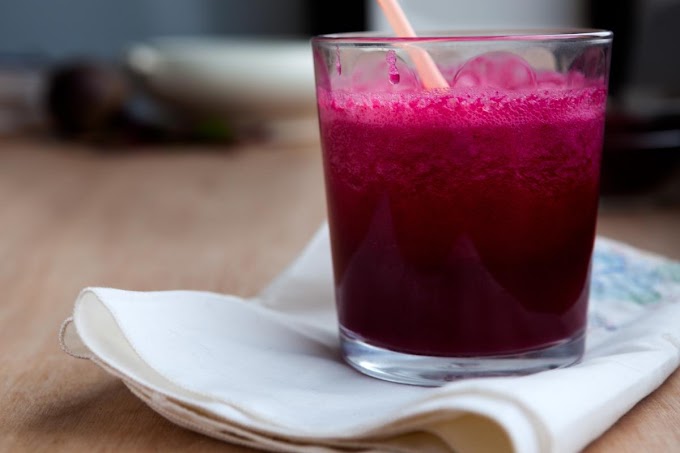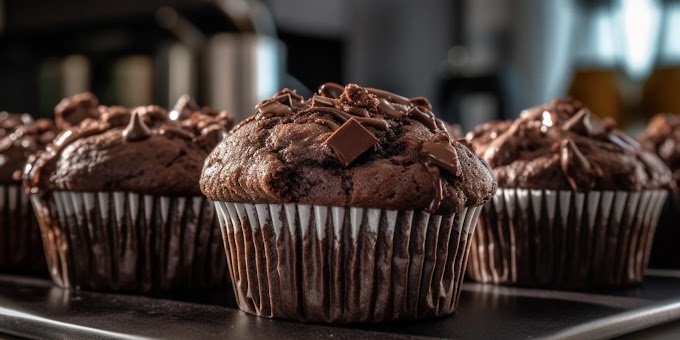Making smooth, creamy custard is a skill that every dessert lover or aspiring baker wants to master. Custard, whether it’s the silky base for a crème brûlée, the rich filling for a tart, or the simple comfort of a vanilla pudding, relies on a few essential techniques to achieve the perfect texture. Done right, custard is luscious and velvety, but if things go wrong, it can turn grainy or curdled. This guide will help you troubleshoot and perfect your custard-making skills so you can enjoy consistently smooth results every time.
What Is Custard?
Custard is a creamy dessert made by blending milk or cream with eggs, sugar, and often a hint of flavoring like vanilla. It relies on gentle cooking to thicken, transforming the liquid ingredients into a rich and luscious mixture through a process called coagulation. Custard recipes vary widely in texture, from thin and pourable sauces (like crème anglaise) to thick, spoonable puddings and flans. The key to mastering custard is learning how to gently cook the eggs to the ideal consistency without overcooking or curdling.
Essential Ingredients for Smooth Custard
Before diving into the process, let’s take a look at the essential ingredients in a traditional custard and their roles in creating a smooth texture:
Milk or Cream: Adds richness and creaminess to the custard. The type of dairy used will affect the custard’s thickness—heavier creams yield thicker custards, while milk gives a lighter texture.
Eggs: The proteins in eggs are responsible for thickening the custard as they gently cook. Whole eggs create a firmer texture, while yolks alone produce a creamier consistency.
Sugar: Adds sweetness and helps with browning if you’re making a baked custard.
Flavorings: Vanilla, spices, or citrus zest add depth of flavor to your custard.
Tips for Achieving a Smooth Custard
Smooth custard is all about controlling the cooking temperature and time. Here’s a step-by-step approach to ensure your custard turns out perfectly smooth every time:
1. Choose the Right Recipe
Selecting a reliable recipe is the first step toward success. Look for recipes that specify the type of custard you want to make (baked custard, stovetop custard, etc.) and the cooking method, as these will affect the outcome. Traditional stovetop custards, like pudding or crème anglaise, are usually cooked over low heat, while baked custards, such as flan, are cooked in a water bath.
2. Use Fresh Ingredients
Eggs and dairy should be fresh to avoid off-flavors or curdling. Room-temperature eggs are less likely to seize up when they hit the warm milk, so let them sit out for a bit before you start.
3. Warm the Milk or Cream
Gently warming the milk or cream before adding it to the eggs will help prevent curdling. This process, known as "tempering," involves slowly adding the warm milk to the eggs while constantly whisking. Tempering gradually raises the egg temperature without cooking them prematurely, ensuring a smoother consistency.
Tempering Steps:
Heat the milk or cream in a saucepan until it’s warm but not boiling. Aim for around 140–160°F (60–70°C).
Whisk the eggs and sugar together in a bowl until smooth.
Slowly pour the warm milk into the egg mixture, whisking continuously to combine the two without cooking the eggs.
4. Use a Low Heat
Whether you’re making stovetop custard or baking it in the oven, use low, gentle heat. High heat can cause the proteins in the eggs to cook too quickly, leading to a grainy texture. If you’re cooking custard on the stovetop, use a double boiler (a heatproof bowl over a pot of simmering water) to distribute the heat evenly and reduce the risk of curdling.
5. Cook the Custard to the Right Temperature
Custard is done when it reaches a temperature of around 175–185°F (80–85°C). At this temperature, the eggs have thickened enough to coat the back of a spoon. If you don’t have a thermometer, you can check the consistency by dipping a spoon into the custard, running your finger along the back, and seeing if a clear line remains. Overcooking can cause curdling, so monitor the temperature closely.
6. Strain the Custard
For an extra-smooth custard, strain it through a fine-mesh sieve after cooking. This step removes any small bits of cooked egg or lumps that might have formed during cooking, giving the final custard a silky texture.
7. Chill the Custard Properly
Some custards benefit from chilling, especially those that are thickened with cornstarch or gelatin, like pastry cream or pudding. Once the custard has cooled slightly, cover it with plastic wrap, pressing it directly onto the surface to prevent a skin from forming. Allow it to chill thoroughly in the refrigerator before serving.
Common Issues and How to Avoid Them
Even with careful technique, custard can sometimes go wrong. Here’s how to troubleshoot common issues to ensure your custard is smooth every time.
Problem 1: Custard Is Grainy or Curdled
Cause: The eggs were overcooked, causing them to coagulate too quickly and create a curdled texture.
Solution: Always cook custard over low heat, and use a double boiler if possible. A thermometer can help you monitor the temperature closely to avoid overheating. If the custard has already curdled, you can sometimes salvage it by blending it with an immersion blender until smooth.
Problem 2: Custard Didn’t Thicken
Cause: Not enough heat, incorrect ingredient ratios, or insufficient cooking time can prevent custard from thickening.
Solution: Double-check your recipe to ensure you have the right amount of eggs and milk. Be patient with the cooking process; custard thickens gradually and should not be rushed. If you’re in a pinch, a small amount of cornstarch can help thicken the mixture, but use it sparingly to avoid altering the texture too much.
Problem 3: Custard Has a Skin on Top
Cause: Exposure to air while cooling causes the proteins in the custard to form a skin.
Solution: To prevent a skin from forming, press plastic wrap directly onto the surface of the custard as it cools. Alternatively, stir the custard occasionally as it cools to break up the skin.
Problem 4: Custard Is Watery or Weeping
Cause: Overcooking or too much stirring can break the custard’s structure, causing it to release liquid.
Solution: Cook custard gently and avoid excessive stirring once it’s set. If you’re baking custard, cook it until it’s just set but still jiggles slightly in the center, as it will continue to firm up as it cools.
Recipes to Try Your New Skills
If you're ready to test out your custard-making skills, here are a few classic recipes to consider:
Crème Brûlée: A rich baked custard topped with a caramelized sugar crust. Follow the tips above to bake it gently and achieve a silky-smooth texture.
Crème Anglaise: This thin custard sauce is perfect for pouring over cakes and fruit. Since it’s cooked on the stovetop, be sure to temper the eggs carefully and stir constantly to avoid curdling.
Classic Vanilla Pudding: A simple stovetop custard that’s great for beginners. Use whole milk or a mix of milk and cream for a balanced flavor and creamy texture.
Final Thoughts on Making Smooth Custard
Achieving smooth custard takes practice and attention to detail, but once you master the technique, you’ll be able to create a range of delicious custards that elevate any dessert. By following these tips—gentle heat, careful tempering, and close attention to temperature—you can avoid common mistakes and enjoy custard that’s consistently smooth and creamy. Whether you’re making a comforting vanilla pudding or an elegant crème brûlée, these skills will ensure your custard-making success.








Social Plugin